
It’s tough to be a princess in art history, pop culture, or even in real life. Arranged marriages, inbred genes, and institutionalized patriarchal violence can really wear down on a girl. This week we say goodbye to Carrie Fisher, who in her own small way, helped to change all that. As Princess Leia, she played a new kind of damsel who, if often in distress, was usually able to get herself out of it, and could sling a ray gun better than her male costars.
Carrie Fisher’s interpretation of Princess Leia, not as a kiss-ass damsel, but as a kick-ass warrior, rewrote the fairytale narrative in woman’s favor. In short, If she had to be the girl in the gold bikini, she was going to be the girl in the gold bikini who strangles her slimey, green sexual abuser with her own chains. Plus, she came back in the reboot as a freakin’ general.
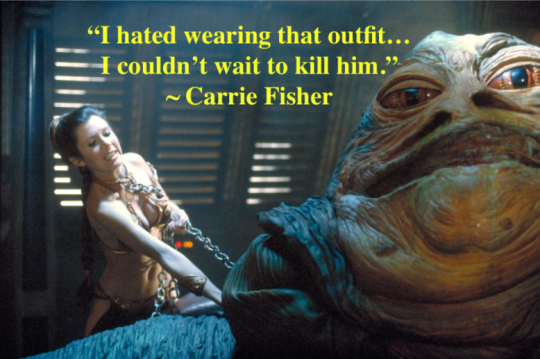
The world will always feel just a little less badass without her presence, and the galaxy a little dimmer without her glowing star. Carrie, who also distinguished herself as a brilliantly witty novelist, mental health advocate, screenwriter and comic performer, and had a sense of humor about her public image. She wasn’t the biggest fan of her own performance as Leia, or the pop-culture phenomenon of the Leia persona, joking at times, “George Lucas ruined my life.” But love Star Wars or hate it, Carrie and Leia left their mark on princess culture, so that Cinderella will always feel more comfortable in combat boots than her glass slippers. In honor of Carrie’s passing, we take a look at some of our favourite princesses in art history who, in sometimes underrated ways, kicked ass.
Cleopatra
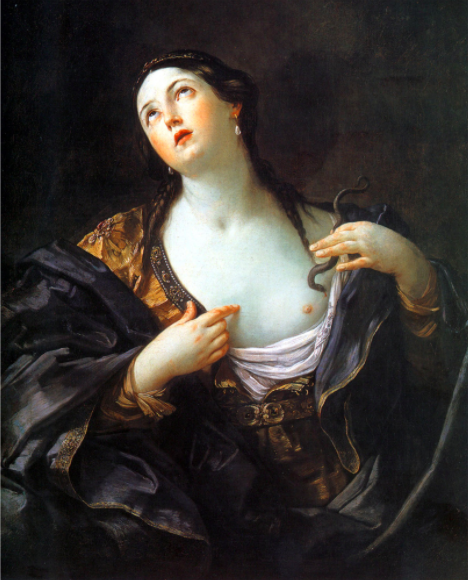
Death of Cleopatra by Guido Reni in the New Palace Potsdam.
Cleopatra has long been the baddest bitch in your history books, though she is rarely done justice. Historians, artists and filmmakers alike have emphasized her legendary beauty and sexual exploits to avoid having to talk about the inconvenient truth that she was really smart. In fact, contemporary likenesses suggest a rather severe looking woman, so it was her brain, not her looks that won the hearts of Western Civilization’s most powerful men. Forced by tradition to marry her own brother, Cleopatra quickly showed herself superior in statecraft and the inevitable winner of her family’s Game of Thrones, having her brother/husband/co-ruler exiled. She had a way with poisons, and may even have poisoned one of her other brothers to secure the throne for her illegitimate son by Julius Caesar. As the popular (possibly untrue) story goes, she killed herself with a snake, which is pretty intense. Her motive for suicide was not grief over the loss of her lover Mark Antony, as romantic legend claims, but refusal to suffer the indignities of a Roman triumphal procession after Egypt fell to the Empire. Cleopatra kills herself for no man!
Nahi’ena’ena
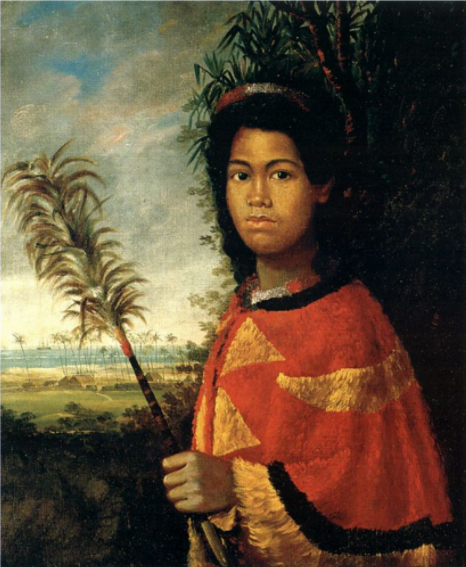
Nahi’ena’ena (Sister of Kamehameha III) by Robert Dampier, in the Honolulu Museum of Art.
Before Moana there was real-life Polynesian princess Nahi’ena’ena. Princess Nahi’ena’ena of Hawaii had more than a little in common with Princess Leia. Both had an unfortunate attraction to their own brothers. Leia had her chaste kiss with Luke, whereas Nahi’ena’ena met her brother Kamehameha III in secret to have all the sex. In their defence, close sibling matches were culturally accepted in pre-Christian Hawaii. American missionaries eventually persuaded Nahi’ena’ena to give up her relationship with her own brother, but she clung fast to many Hawaiian customs. She would often stand up in church, and openly denounce ministers’ preachings that were at odds with her Polynesian heritage. Though Nahi’ena’ena died tragically early, crushed under the cultural conflicts of her time, we commend her bravery in standing up to the forces of Western Imperialism on behalf of Indigenous customs.
Salome
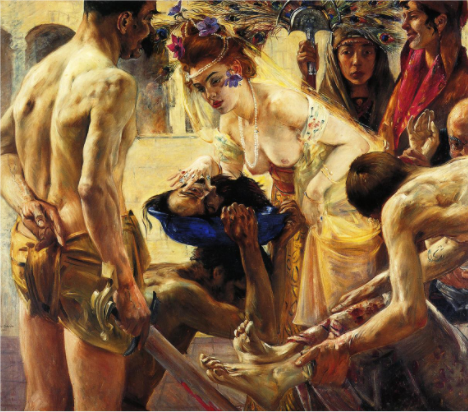
Salome by Lovis Corinth, in the Museum of Fine Arts Leipzig.
Speaking of awkward incestual attraction, King Harod lusted after his step-daughter/niece Princess Salome. Salome is never mentioned by name in the Bible, but that hasn’t stopped writers, artists and filmmakers from filling in what the Good Book left out. John the Baptist shamed Salome’s mother Herodias for living in sin with her ex-husband’s brother. In retaliation, Salome did a striptease for her stepdaddy. Herod was so turned on that he offered her anything she desired, but she asked only for the head of the Baptist on a platter. While some would deduct badass points for using her body to get what she wants and killing a holy man, a reevaluation may show a misunderstood heroine. For one thing, in most accounts Salome is a very young girl, perhaps younger than 16. Bearing this in mind, she emerges as a survivor of sexual exploitation. Furthermore, her motivation for seeking the Baptist’s head is to defend her mother’s honor. Women in the Bible who shake things up are often unfairly labeled as harlots or femme-fatales.
Cassandra
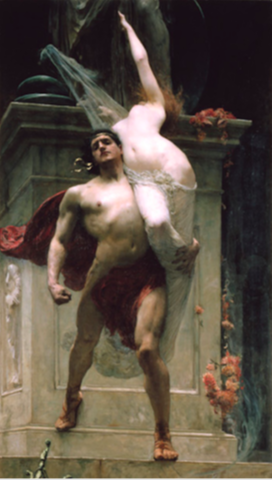
Ajax and Cassandra by Solomon J. Solomon, in the Art Gallery of Ballarat.
Cassandra, Princess of Troy, may at first seem a poor example of a kick-ass princess. Because she refused to sleep with Apollo, he cursed her with a gift for prophecy no one would believe. When she warned her people that the Trojan Horse bore death, she was dismissed as insane, perhaps classical mythology’s oldest case of gaslighting. As the Greeks ravaged her city, Cassandra prayed for protection in the temple of Athena, only to be violently raped by Ajax at the foot of the altar. Despite the prevailing theme of sexual violence, Cassandra is a heroine for insisting on consent, even from a god. Plus, after Cassandra’s rape, Athena pulled some badass revenge by impaling Ajax on some spiky rocks. Nothing like a little symbolic penetration to put the cherry on top of a rape-revenge narrative. Well played Athena!
Marie Antoinette
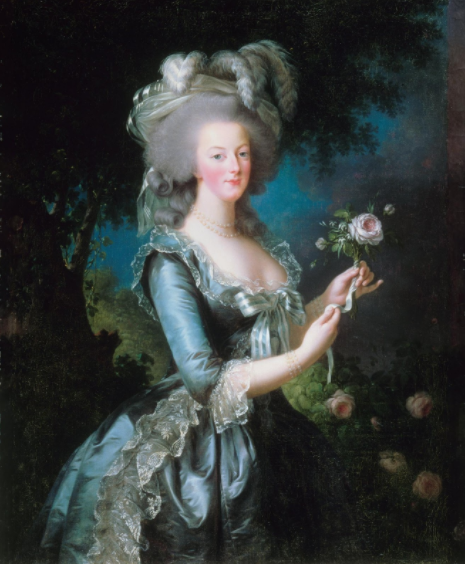
Marie-Antoinette with the Rose by Louise Vigee Le Brun, in the Palace of Versailles.
The fountains flowed with celebratory wine when Marie Antoinette came to France as a 14-year-old princess bride, but within years she would be the hated queen who reportedly said “Let them eat cake” (she didn’t, by the way). While the French Revolution ultimately kicked her ass, Marie put up a good fight. Most courageous is the way she fought to protect her children and her reputation as a mother. During her trial, the Revolutionary Tribunal coerced her 8-year-old son into falsely accusing her of sexually molesting him. When the charge was read, Marie held her head high to the women in the gallery and said, “If I have made no reply, it is because nature refuses to answer such a charge brought against a mother. I appeal in this matter to all the mothers present in the court.” A wave of sympathetic outrage swept across the female spectators, but the all-male jury convicted her nonetheless.

Princess Leia may not have been the first princess in visual culture to fight back, but she certainly left her mark. Carrie Fisher, a real-life Hollywood royal whose mother Debbie Reynolds died just a day after her, also left a lasting impact with her battle against the stigma of mental illness, addiction and body dysmorphia. We thank them for their fights, on screen and in life, and we’ll miss them.
By: Griff Stecyk









